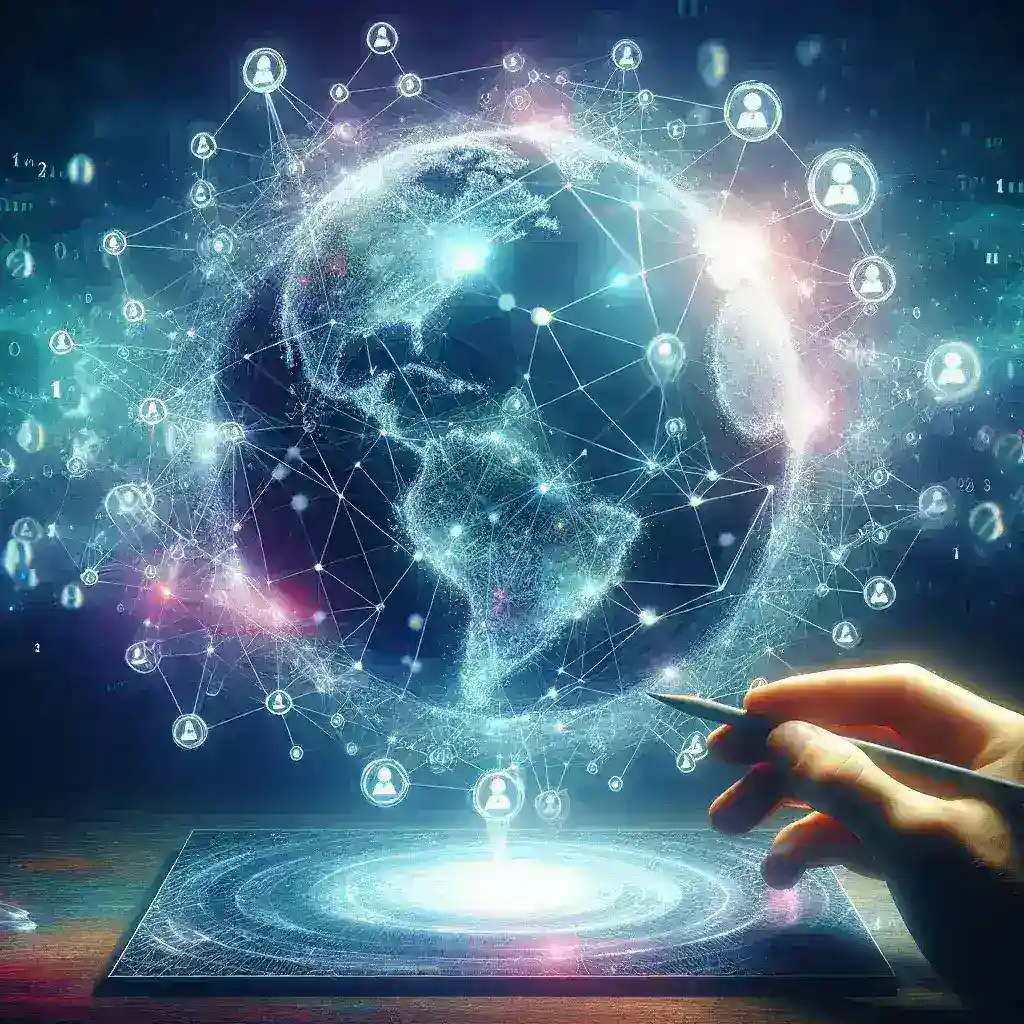Understanding Web3
Web3, also known as Web 3.0, is the latest evolution of the internet that aims to decentralize control and empower users with more ownership and privacy. Unlike Web2, which is characterized by centralized platforms dominated by corporations such as Google, Amazon, and Facebook, Web3 leverages blockchain technology to create a decentralized, secure, and user-powered online environment.
Key Components of Web3
There are several core components that make up the Web3 ecosystem:
- Blockchain Technology: The backbone of Web3, blockchain provides a decentralized ledger that records transactions and data across multiple nodes, ensuring transparency and security.
- Decentralized Applications (dApps): These are applications that run on blockchain networks rather than centralized servers, offering users more control over their data and digital assets.
- Smart Contracts: Self-executing contracts with the terms directly written into code. These enable trustless transactions and reduce the need for intermediaries.
- Cryptocurrencies and Tokens: Digital assets used for transactions and incentivizing network participation in the Web3 economy.
- Decentralized Finance (DeFi): A financial system built on blockchain that offers services such as lending, borrowing, and trading without traditional banks.
How Web3 Will Transform the Internet
The transition to Web3 promises to bring about several transformative changes to the internet as we know it.
1. Enhanced User Control and Privacy
One of the most significant benefits of Web3 is enhanced user control. In the current Web2 model, personal data is mainly stored and controlled by central entities. Web3 shifts this paradigm by giving individuals the power to own and manage their data through decentralized identities and wallets. Users can decide what information to share, with whom, and for how long, thereby ensuring greater privacy and security.
2. Decentralization of Platforms
Web3 aims to eliminate the need for central authorities and intermediaries. Decentralized networks enable peer-to-peer interactions, reducing the risks of censorship and single points of failure. This shift could lead to the rise of decentralized social media platforms, where content is verified and managed by the community rather than a central authority.
3. Economic Opportunities through Tokenization
Tokenization is the process of converting physical and digital assets into tokens on a blockchain. Web3’s token economy opens up new economic opportunities by enabling fractional ownership and creating new revenue streams for creators and users. For example, artists can tokenize their work and sell shares to fans, ensuring more equitable compensation and reducing reliance on intermediaries like galleries or music labels.
4. Innovation in Finance
The DeFi ecosystem within Web3 is redefining traditional financial services. By removing intermediaries and automating processes through smart contracts, DeFi platforms offer more accessible and transparent financial services. Users can engage in peer-to-peer lending, borrowing, and trading, often with better terms and lower fees than traditional financial institutions.
5. Interoperability and Open Standards
Web3 promotes interoperability and open standards, making it easier for different platforms and services to work together. This interconnectedness allows for seamless data sharing and transactions across various applications, fostering innovation and collaboration in the digital space.
Challenges and Future Prospects
While the promise of Web3 is incredibly exciting, it is not without its challenges. Scalability remains a significant issue, as current blockchain networks struggle to handle the same volume of transactions as traditional centralized systems. Furthermore, user experience in Web3 applications needs improvement to match the convenience and accessibility of Web2 platforms.
Regulatory uncertainty also poses a barrier to widespread adoption. Governments and regulatory bodies around the world are still figuring out how to approach decentralized technologies, which can create a legal gray area for users and developers.
Despite these challenges, the future of Web3 looks promising. Ongoing innovations in blockchain technology, such as layer 2 solutions and sharding, aim to address scalability issues. As the ecosystem matures, user experience is expected to improve, making decentralized applications more user-friendly.
In conclusion, Web3 represents a transformative shift in how we interact with the internet, offering unprecedented control, privacy, and economic opportunities for users. As we overcome current challenges, Web3 has the potential to redefine the digital landscape, creating a more decentralized, resilient, and user-centric internet.

